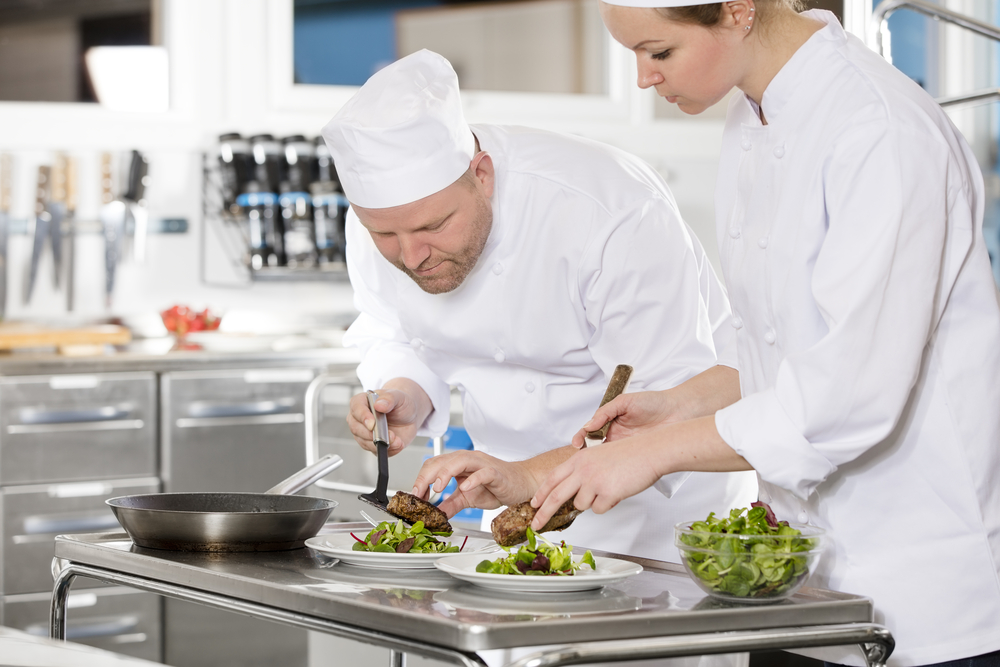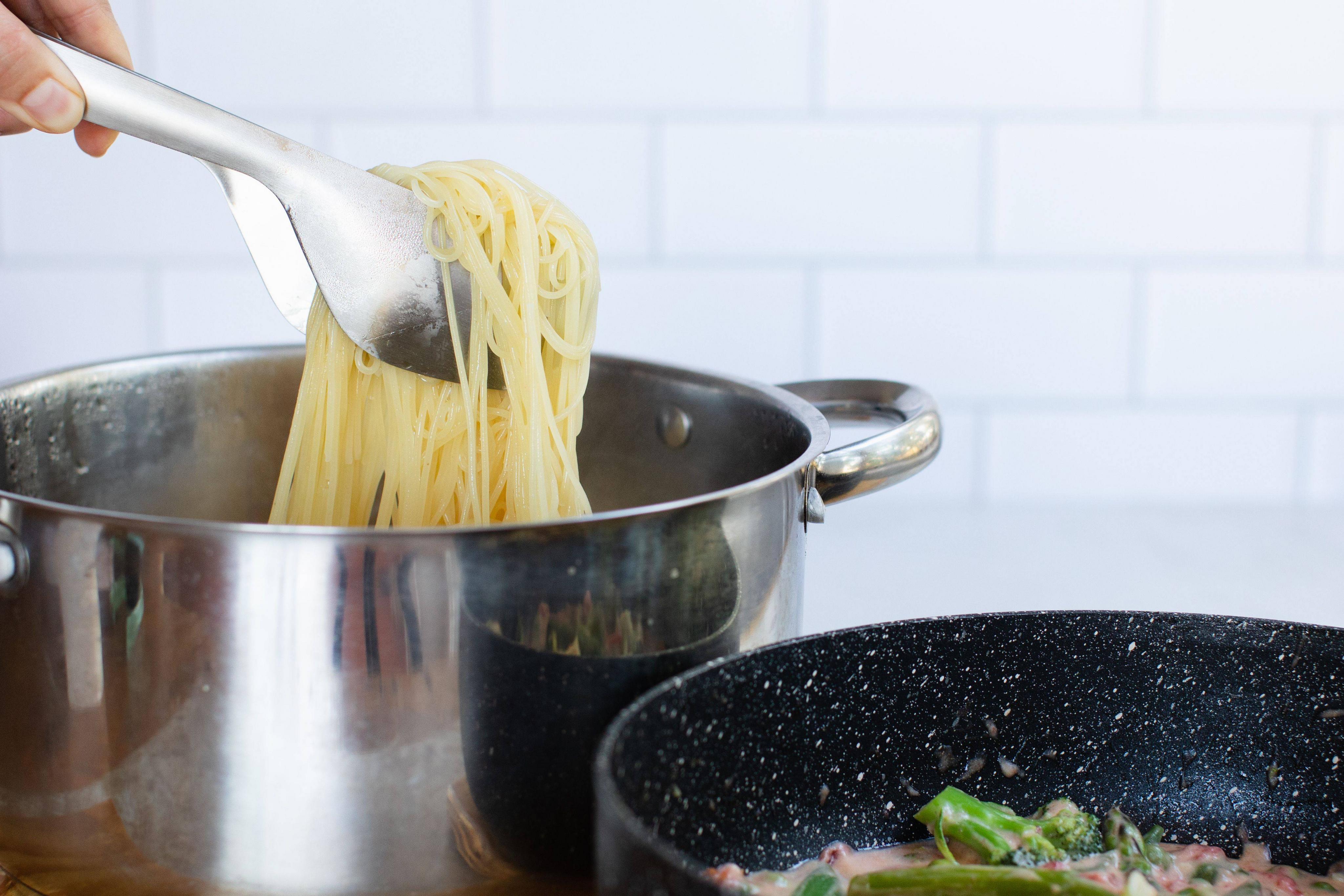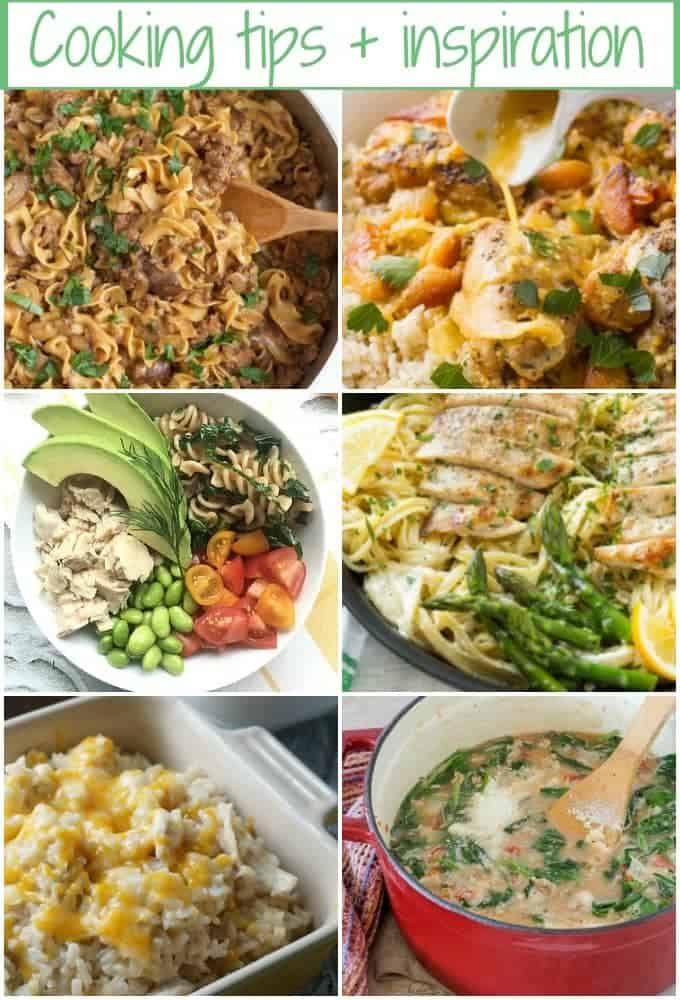
There are many factors to consider before you choose the best cooking oils for you. Overheating oils produces undesirable effects, including smoke, toxic vapors, and bad flavors. Some oils can be used for sauteing and roasting while others can make harmful chemical compounds by being overheated. This table will help you select the right oil for your specific cooking needs.
Seed oils and nuts
Even though most nutrition experts don't consider oily seed oils harmful, many health professionals claim they cause inflammation. Inflammation is a major factor in chronic diseases like heart disease and obesity. Joe Rogan spoke with Paul Saladino, a nutrition scientist at the University of California, Berkeley. Cate Shanahan described the most widely used seed oils on today's market as the "hateful 8".
Safflower oil
Here's a guide on how to use Safflower oil. Safflower oil is a great choice for high heat cooking because of its high smoke points. Unlike most oils, which have smoke points below 250 degrees, safflower oil's smoke point is around 450 degrees. It's great for roasting, sauteing and frying.
Peanut oil
You may be wondering whether peanut oil is a good cooking oil to use in your kitchen. This versatile oil has a high smoke point and is relatively neutral in flavor. You should remember that peanut oil cannot be substituted for vegetable oils. Before you start cooking with peanut oil, there are some important things you need to consider. This article will discuss the many benefits of peanut oil in cooking. This oil is safe for your health and can be used in your cooking.

Sesame oil
There are many health benefits to sesame oils, but the best place to start is its nutritional value. Sesame oil contains high levels of vitamin E and omega-3 fatty acid. This versatile oil aids your body to make more vitamins and minerals. Sesame Oil is not recommended to be deep fried as this can have adverse effects.
411
You might have heard of olive oil. It's rich in monounsaturated oil, antioxidants, vitamins, and minerals. It can withstand extreme heat. Olive oil can be used for baking, however, it is best used at the very end of cooking when delicate flavors are desired. Coconut, chocolate, and citrus flavors are great pairings for olive oil. Vegetable oil is the most widely used cooking oil in commercial kitchens. It has a higher level of saturated fat.
Canola oil
Canola oil has become one of the most used cooking oils. It is stable, and it is easily found at a reasonable price. The average grocery store can sell one small bottle for approximately $20. Like all oil, canola comes with its own advantages and disadvantages. Here are some tips to help you select the best canola oils for your cooking needs. It's the secret weapon of professional chefs.
Olive oil
To get the best quality olive oil for your cooking, it is essential to select the best. Olive oil is stable at temperatures up to 420°F, but can easily be damaged by light. Its aroma is similar to that of a rancid crayon. Olive oil should also be stored in a dark container away from heat, oxygen and light. Also, ensure that the seal is tight so that olive oil does not lose its quality.

FAQ
How long does it take to learn to cook? How long will it take me to learn how?
It all depends on what level of skill you have. Some people can learn basic cooking techniques in as little as a week. Others might need months or even years to master basic cooking techniques.
The person who is learning to cook can vary in the amount of time they need. One example is that someone who has never tried cooking before would likely take more time to learn than someone who cooks often. Also, certain types of cooking require more experience than others. Baking is more difficult than frying.
If you want to learn how quickly you can cook, you should focus on learning a specific technique. After mastering one technique, you can move on to the next. Do not worry about how long it takes you to learn how to cook. Keep practicing and enjoying the process.
What's the difference between a professional chef and an amateur cook?
A chef prepares meals for others. A cook prepares the food for oneself. Both jobs require the preparation of food. However, chefs work directly with their customers. They may need to make decisions about what they will serve to their guests based upon their preferences. A cook does not interact with customers. Instead, the cook ensures that the food tastes great before serving it to customers.
How do I get hired as chef?
The first step toward getting a job as a chef is to complete a culinary arts degree. You should next join a professional organization such as the American Culinary Federation. This association offers certification exams as well as networking opportunities.
Do I need to go to culinary school to be a chef?
No. Many chefs learned their craft on their own. Some even went on to culinary school to gain work experience. However, most chefs prefer to attend culinary school because it gives them more opportunities to learn and grow professionally. Culinary schools give students hands-on experience, which allows them to develop valuable skills as well as improve their culinary knowledge.
What is the best career path for someone who wants to be a chef? What are the best ways to start your career as a chef.
Apprenticeships are a great way to get started if you want to become a chef. Apprenticeships give you the opportunity to work for many years without having to pay tuition fees. After your apprenticeship is completed, you can apply to be a sous chef. Sous chefs work with cooks to prepare dishes and supervise them. They also oversee the entire operation of the restaurant.
How do I learn about cooking and baking?
There are numerous cooking classes offered across the country. Many schools offer courses in baking, pastry, and wine tasting. A local community college, vocational school, or private institution can offer classes in cooking.
Statistics
- On average, chefs earn $58,740 a year, according to the BLS. - learnhowtobecome.org
- under 10 Kids have been taught that there is special food just for them, and Fiese says that 10 percent of kids will throw a tantrum if they don't get the food they want. (washingtonpost.com)
- You'll be amazed that over 90% of CIA students receive scholarships and grants to finish their culinary studies. (ischoolconnect.com)
External Links
How To
How to make a perfect omelet
Omelets are one of my favorite foods to eat at breakfast. How can you make them perfectly? Many different recipes and methods have failed to work for me. So I wanted to share some tips and tricks so that you can make delicious, fluffy omelets every morn.
Before we start making omelets, let's remember that eggs are temperamental. It is important that eggs are fresh from an organic market and kept cool until used. If they are not kept cold enough, the whites won’t form properly. The yolks will also break down too quickly and become runny. This can make your omelets look bizarrely colored. It is best to use room-temperature eggs if you are going to cook them right away.
You might also try separating the egg before adding to the pan. The yolk and white should not be mixed together as this can cause the omelet's curdle.
The bottom part of an egg that is added directly to the stovetop might be burned, which could cause a ruined texture in your omelet. Instead, microwave the egg for 10 seconds before adding it to the pan. The microwave heat will cook the egg just right without making it too hot.
Next, let's discuss mixing the eggs. Mixing eggs together is important. You need to beat them well. To do this, take the bowl from the mixer and flip it upside-down. Next, shake the bowl vigorously. This allows the air to be whipped and the egg to be mixed thoroughly.
The fun part begins - you need to pour the milk into your mixture. Fold the eggs in the milk mixture by first pouring half of it into the egg whites. Do not be alarmed if there are still egg streaks visible. Once the omelet flips, these streaks will disappear.
After you have folded your eggs, heat up the oil on medium heat. Wait for it to get hot. Once the oil begins to heat, add 1/4 cup butter and swirl the pan to coat it. Open the lid and sprinkle salt on the pan. A pinch of salt will help prevent the omelet from sticking to the pan.
Once the omelet has formed completely, cover the pan and let it set for a few minutes. Use a spatula to flip the omelet or turn the pan upside-down. Cook the second side for a minute or so. Serve immediately after removing the omelet from its pan.
This recipe works best when you use whole milk.